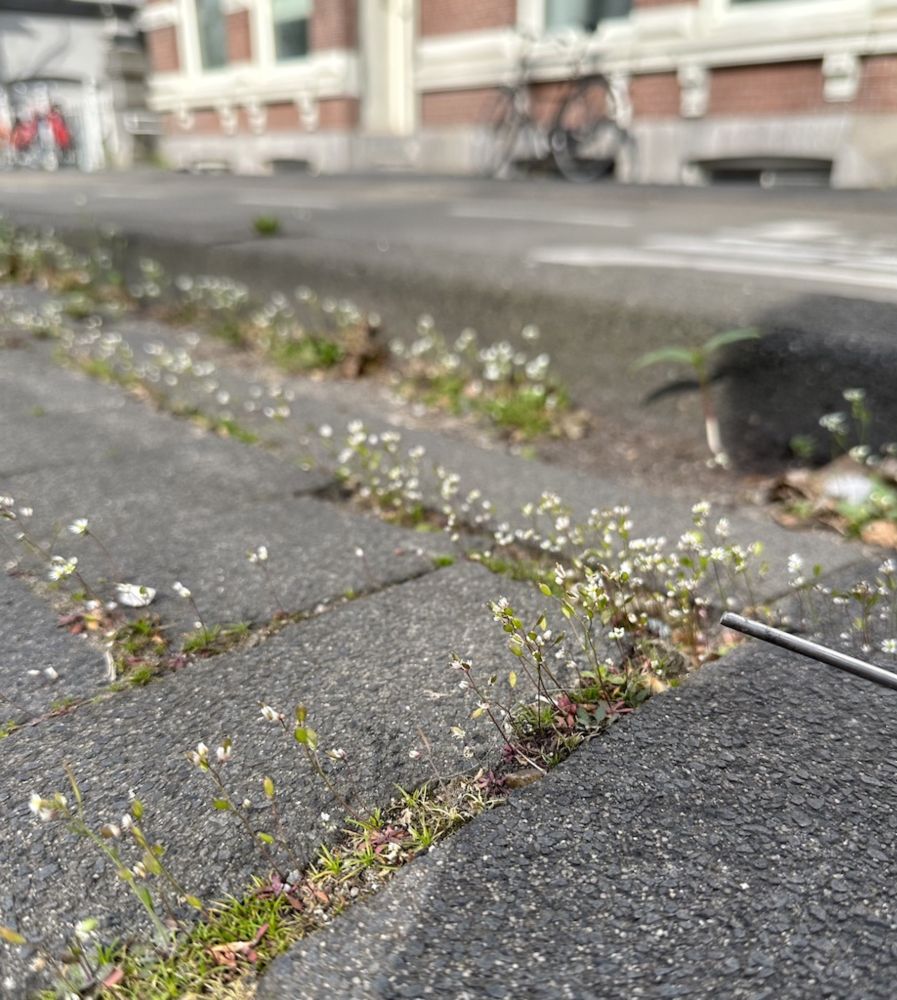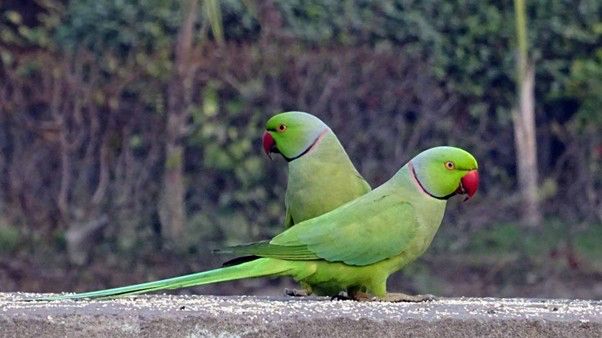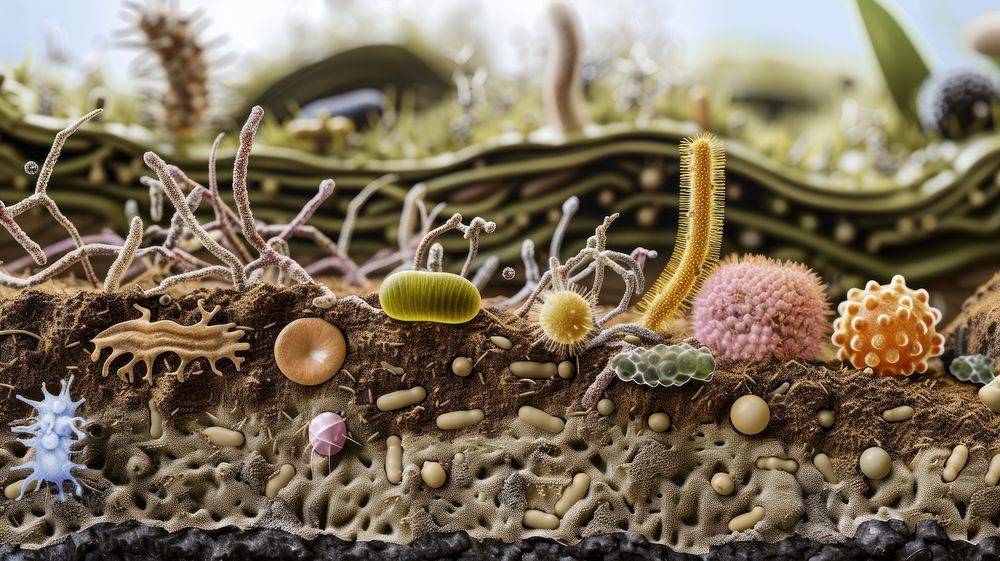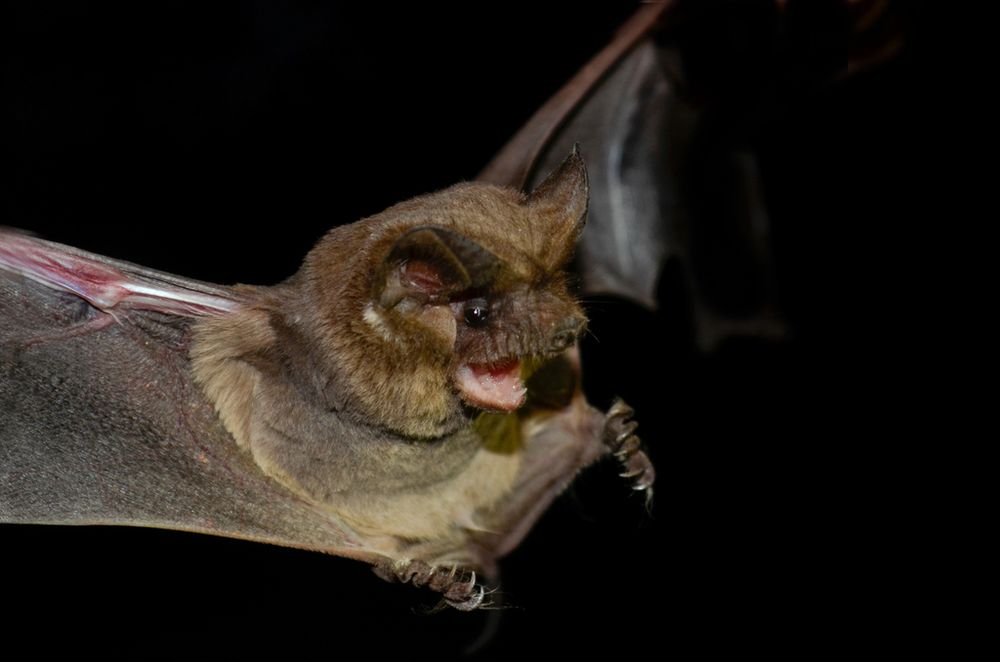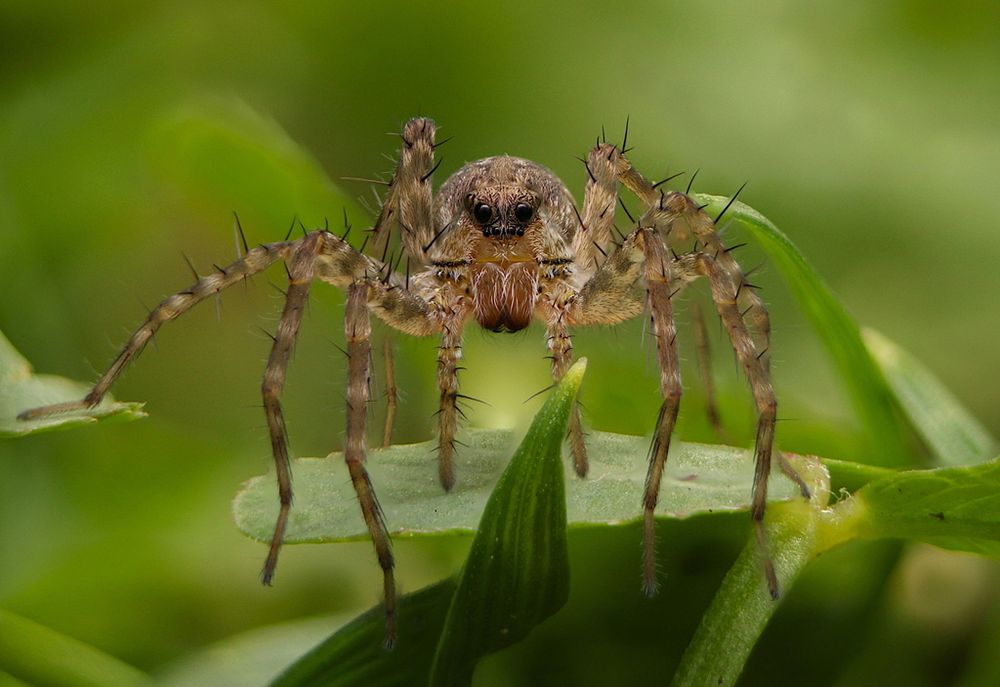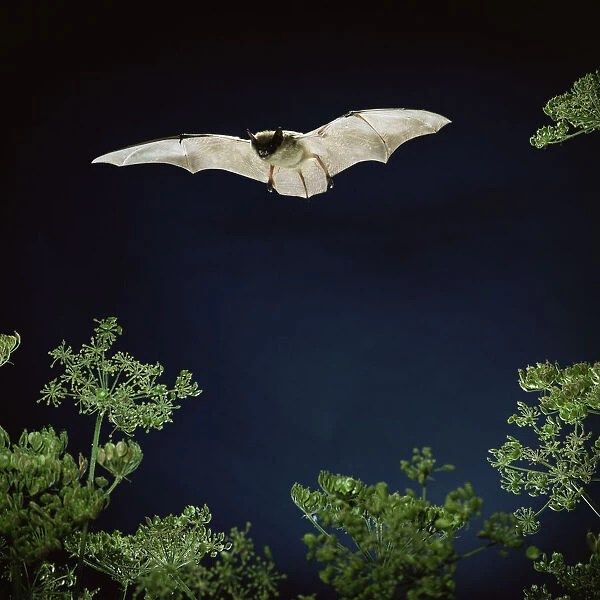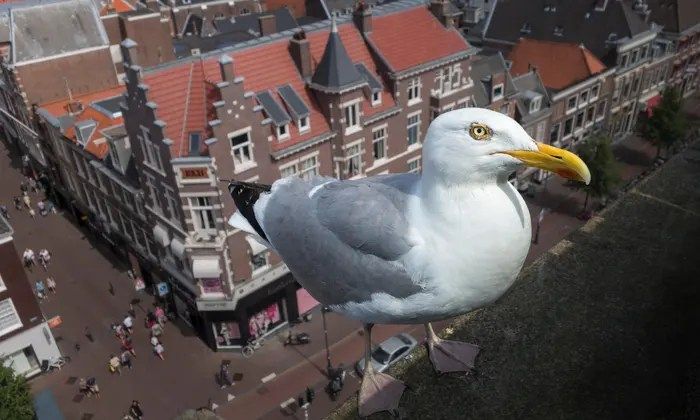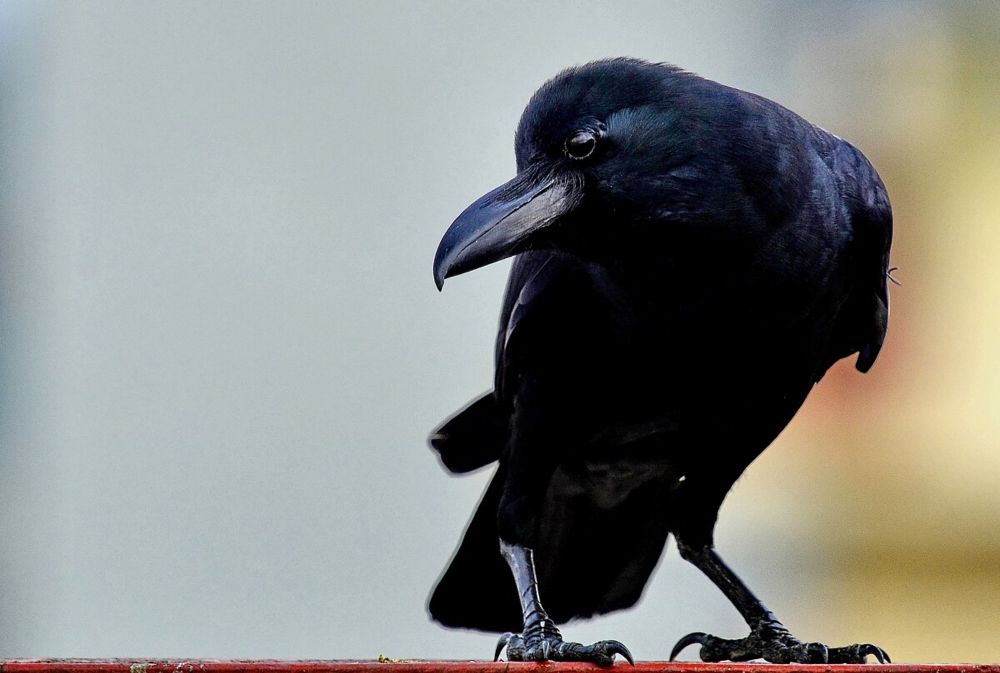
They Know Who You Are: How City Animals Recognize People - Life in the City
Urban wildlife knows more about us than we think. Birds and mammals are able to read our behaviour and recognize individual humans.
Does it ever seem like your neighborhood birds & squirrels recognize you? They probably do! Jitte van Leeuwen explains how & why animals learn to recognize humans in order to thrive in the fast-paced city
urbanevolution-litc.com/2025/05/15/t...
#urbanecology #urbanevolution
15.05.2025 11:13 — 👍 3 🔁 2 💬 0 📌 0
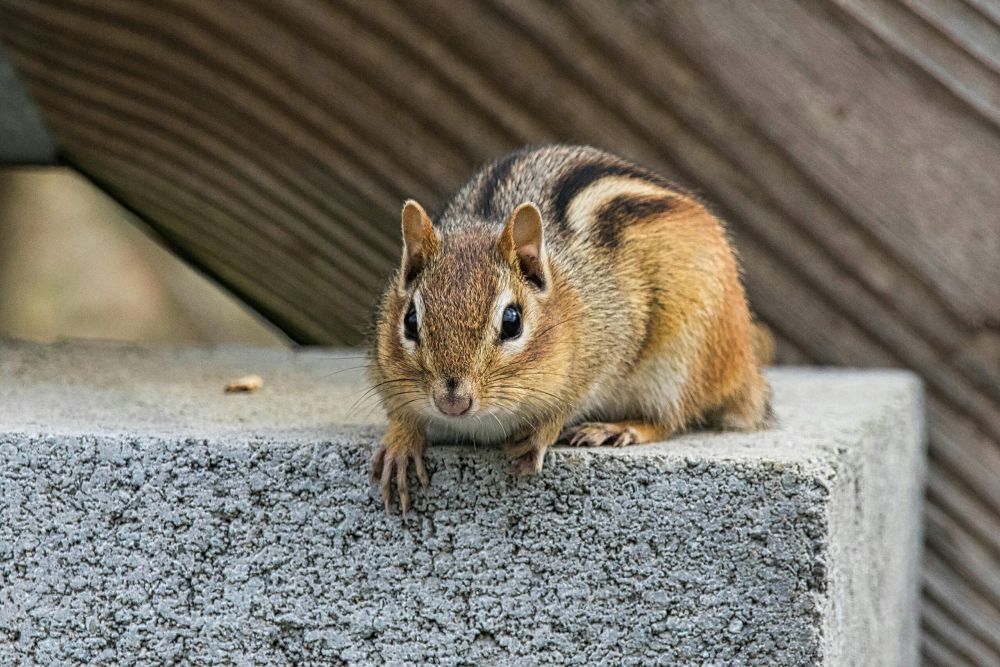
Relaxing Chipmunks in Urban Areas - Life in the City
The eastern chipmunk is well adapted to the urban environment. They spend less time foraging and their reproductive succes is better.
Lisa de Haas tells us about a charismatic #urbanwildlife from North America: the chipmunk. Learn more about how the chipmunk is adapting to city life by taking it easy! urbanevolution-litc.com/2025/04/17/r... #UrbanEcology #UrbanEvolution #urbanmammals
17.04.2025 13:52 — 👍 6 🔁 3 💬 0 📌 0
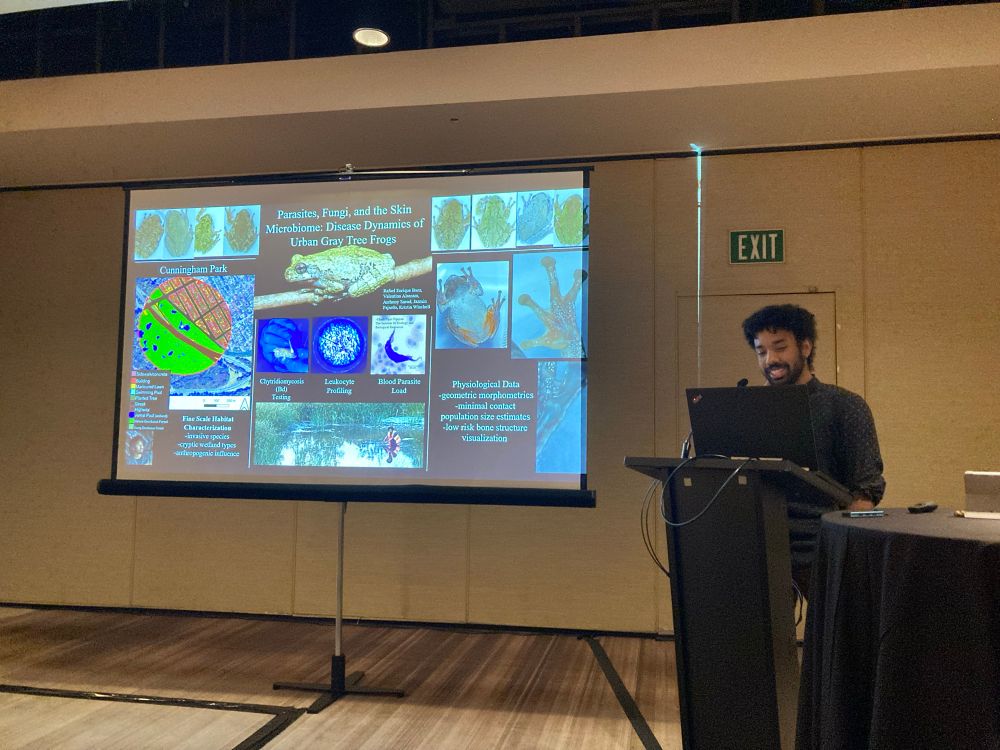
NYU MS student Rafael Baez is doing super cool work with urban frogs in NYC! Trypanosomes, chytrid, immune function, and natural history. Some truly integrative research! #SICB2025
05.01.2025 13:49 — 👍 7 🔁 2 💬 0 📌 1
An accurate representation of #SICB2025. Loved @princetonvaughn.bsky.social’s talk on anole morphological differences in urban vs. rural settings!
06.01.2025 07:19 — 👍 7 🔁 2 💬 0 📌 0
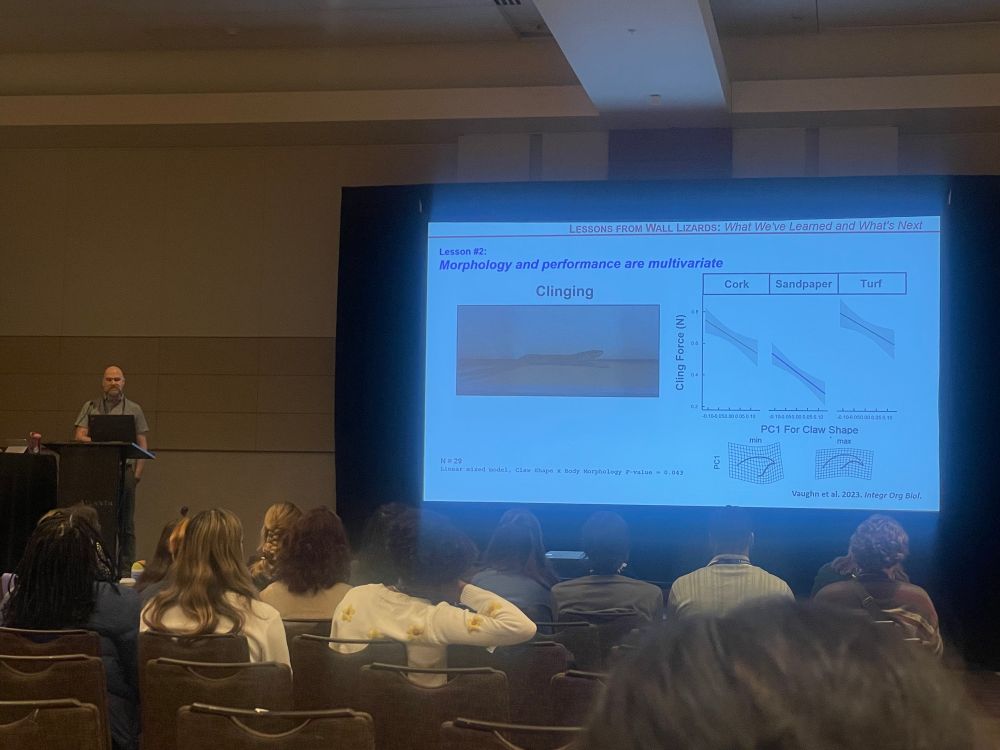
Climbing performance is multivariate- climbing and clinging show different patterns for different claw types in common wall lizards. There was also a clear interaction between SVL and sex on sprint speed. Cool lessons from wall lizards by @eric-gangloff.bsky.social and his lab! #SICB2025
09.01.2025 20:18 — 👍 4 🔁 1 💬 0 📌 1
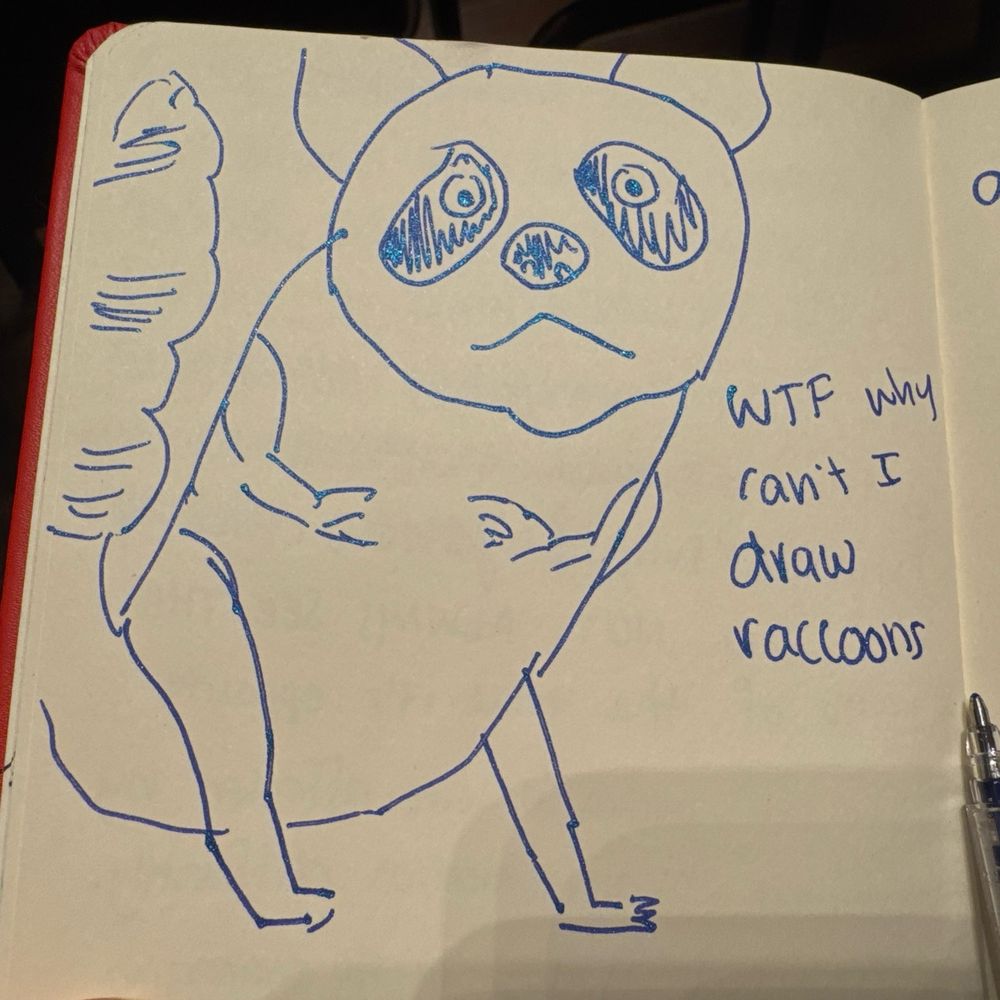
A really really fucked up looking raccoon in sparkly blue gel pen with the commentary “wtf why can’t I draw raccoons”
Christina Sluka is looking at how urbanization and *self-domestication* (um, cool), is affecting raccoon skull shape.
What animals eat affects what their jaws are like. When animals live in cities, they eat different stuff.
I apologize to Christina and raccoons for this doodle.
#SICB2025
04.01.2025 13:54 — 👍 168 🔁 17 💬 8 📌 2

Program entry for Shannans poster
Gunderson lab (including collaborations) roll call for #sicb2025
Let’s start with PhD candidate Shannan Yates poster testing for replicated thermal evolution in urban #anolis on Sunday
03.01.2025 15:42 — 👍 10 🔁 3 💬 1 📌 0
Urban lizards have higher body temps.
So Princeton collected lizards from 3 different cities in Puerto Rico and held a lizard race in the lab.
Lizards were the best at sprinting in the temperatures they live at.
Big limbs? NOT always faster. But in the heat long limbs are faster!
#SICB2025
04.01.2025 14:12 — 👍 66 🔁 4 💬 3 📌 1
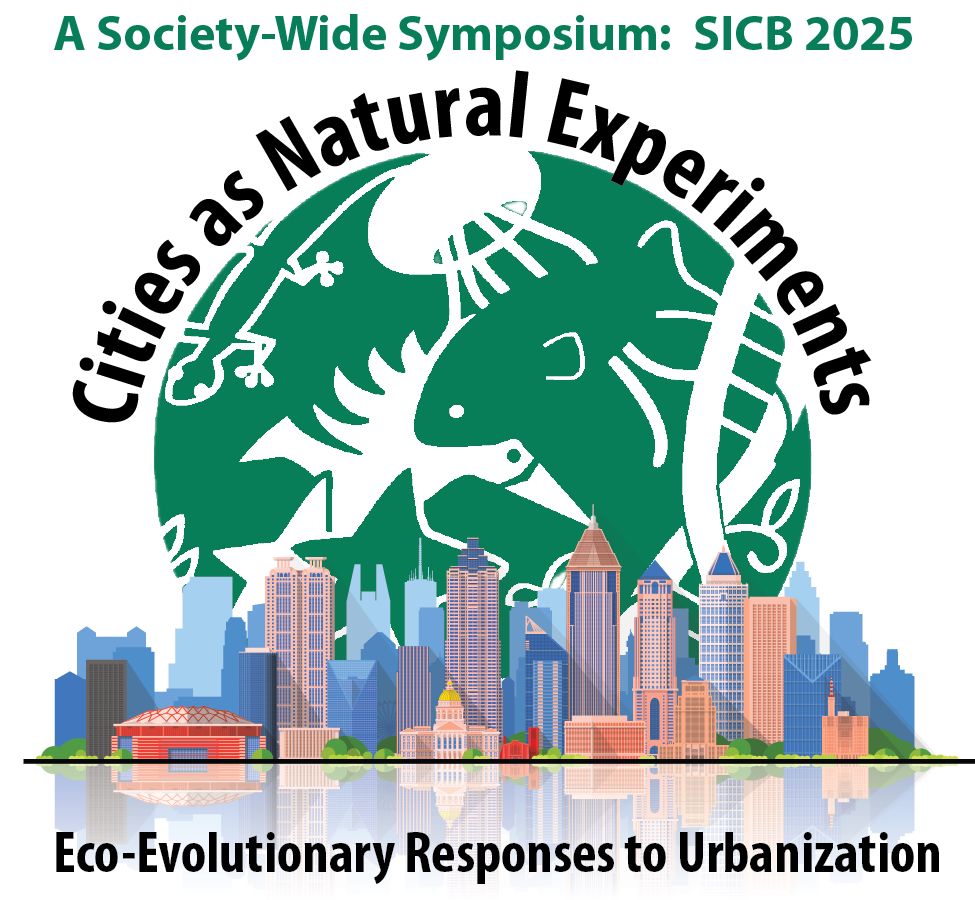
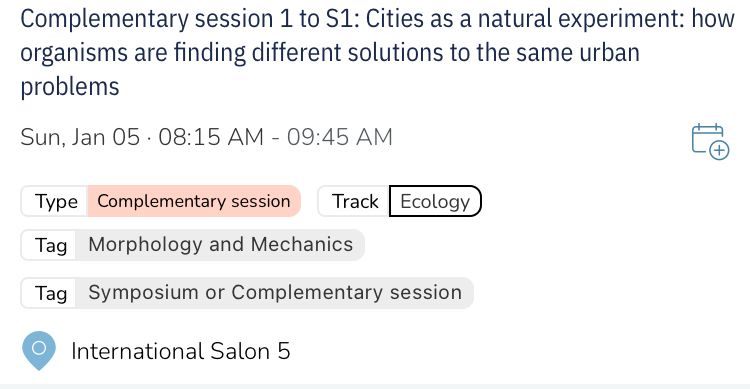
Didn’t get enough #urbanevolution at #SICB2025 yesterday? I have good news - there’s more! Join us for a complementary talk session this morning in International Salon 5 8:25-9:45 & at the poster session today!
05.01.2025 10:51 — 👍 3 🔁 1 💬 0 📌 0
Join us TODAY at #SICB2025 for a whole day of #urbanevolution talks in Marquis A. We’ve got a lineup that includes birds, bugs, lizards, & more! Also a fun workshop at 10:30 on urban research challenges and getting started, and a round table discussion this afternoon!
04.01.2025 11:08 — 👍 7 🔁 3 💬 1 📌 0
Have you ever thought about the perks of doing fieldwork in your own backyard? ...Are you "urban-ecology-curious"?
Come to our workshop at #SICB2025 on Jan 4 10:30-12:00 to learn about urban field safety, accessibility, engaging undergrads, designing experiments, permit perils, and more!
29.12.2024 18:50 — 👍 25 🔁 10 💬 1 📌 0
Google Forms: Sign-in
Access Google Forms with a personal Google account or Google Workspace account (for business use).
We are having an #urbanwildlife photo competition to support students in our #urbanevolution symposium at #SICB2025! Submissions will be printed & displayed at the venue all week, & we will auction them off at the end. Submit a photo and please share! docs.google.com/forms/d/1NXG...
26.11.2024 19:51 — 👍 5 🔁 5 💬 0 📌 0
We're back online and now we're on Bluesky! New content coming soon at urbanevolution-litc.com!
26.11.2024 02:22 — 👍 1 🔁 0 💬 0 📌 0
New book "The Urban Naturalist" (MIT Press, 1 Apr. 2025)
Author of 'Darwin Comes to Town' and 'Nature's Nether Regions'
Rubber-stamped 'tweets' on ecology & evolution. TED speaker
http://schilthuizen.com
http://taxonexpeditions.com
Leyden, Netherlands
Biologist! Studying lizards and salamanders alongside the amazing students at Ohio Wesleyan University -- and with lots of other friends. Avid reader and music nerd. Go Mets! Lab Website: https://glare-owu.wixsite.com/glare
Curiosity seeker, nature lover, explorer of the minute and exceptional. Also a PhD student in ecology and evolutionary biology at Washington State University Vancouver. t.ly/xPjM
I enjoy cycling, hiking, futbol, baseball, cooking and ice-cold beer.
Australian journo. NOW: host of ABC Radio National's BIG IDEAS, THEN: Founding presenter/creator of All in the Mind & Science Friction podcasts, host of Life Matters, MIT Knight fellow, World Federation of Science Journalists board. Owned by a wolfhound-x.
Postdoc | Ghent University @ecobird.bsky.social | Behavioural ecology | disease transmission in rodents and birds | Feral pigeon enthousiast
https://www.researchgate.net/profile/Bram-Vanden-Broecke
Evolutionary biologist. Associate Professor at Virginia Tech.
Associate Professor of Zoology / Prof. Titular, University of Oviedo, Spain.
Teaching Evolutionary Biology
Research in evolutionary ecology in extreme environments
#radioactivity #Chornobyl #amphibians #ZoologicalCollections
www.gorizaola.wordpress.com
Dedicated to advancing knowledge of & conserving biodiversity. Partnered among Washington University in St. Louis, Saint Louis Zoo, and Missouri Botanical Garden. Led by Jonathan Losos & Crickette Sanz.
Visit us https://linktr.ee/livingearthcollaborative
Evolutionary biologist | assistant professor of biology at NYU | marathon runner
official Bluesky account (check username👆)
Bugs, feature requests, feedback: support@bsky.app

